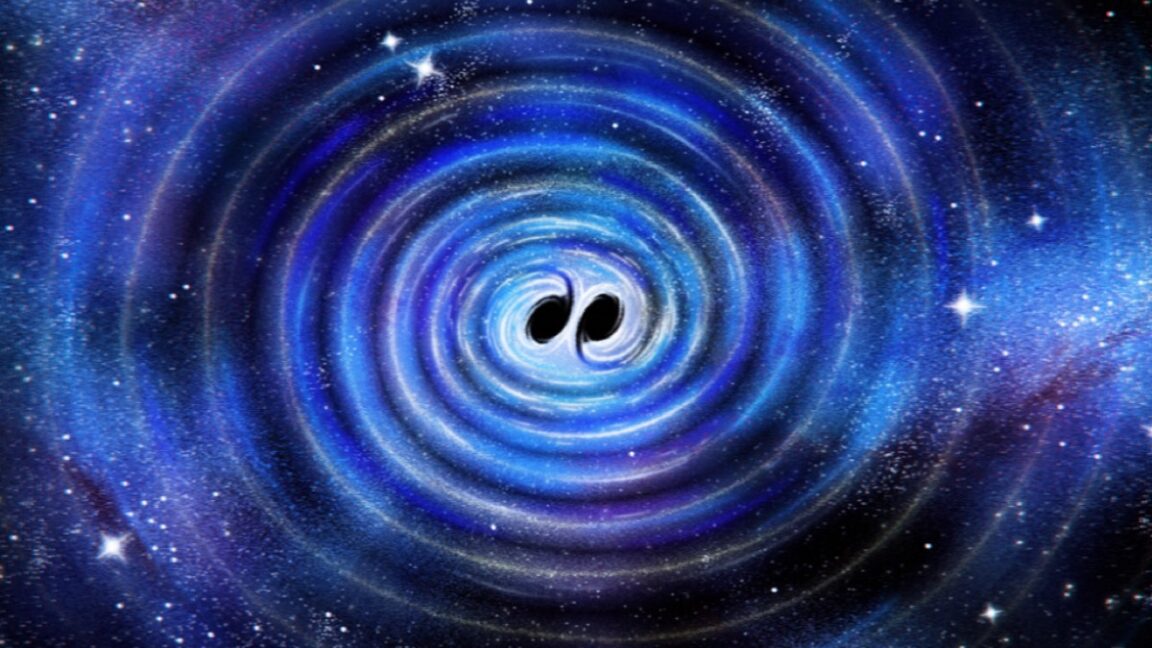A groundbreaking discovery in gravitational wave astronomy has provided the most compelling observational evidence to date supporting Stephen Hawking's area theorem. This theorem, proposed in 1971, posits that the total surface area of a black hole can only increase or remain constant, never decrease. A recent study published in Physical Review Letters details the analysis of gravitational waves from a black hole merger, revealing a significant increase in surface area after the merger, precisely as predicted.

The data comes from the LIGO/Virgo/KAGRA (LVK) collaboration, a global network of gravitational wave detectors. These detectors, employing laser interferometry, are incredibly sensitive, capable of detecting the minuscule ripples in spacetime caused by cataclysmic cosmic events like black hole mergers. The specific merger analyzed, dubbed GW250114, involved two black holes with a combined initial surface area roughly equivalent to the size of the United Kingdom. Following their merger, the resulting black hole boasted a surface area approximately the size of Sweden, a clear demonstration of area increase.
The exceptional quality of the GW250114 signal allowed researchers to isolate specific frequencies, or 'tones,' within the 'ringdown' phase – the final reverberations as the new black hole settles. This precision was a significant improvement over earlier observations, allowing for a more accurate calculation of the black hole's properties and a robust comparison with theoretical predictions.
This confirmation of Hawking's area theorem is not only a triumph of observational astronomy but also holds profound implications for our understanding of the universe. Hawking and Jacob Bekenstein later demonstrated a link between a black hole's surface area and its entropy – a measure of disorder. This connection aligns with the second law of thermodynamics, which states that entropy always increases. The observed increase in the black hole's surface area, therefore, echoes the fundamental principle of increasing entropy, offering valuable insights into the quest for a unifying quantum theory of gravity.
The achievement carries a poignant significance, as Stephen Hawking himself had expressed great interest in whether LIGO could test his theorem. The confirmation of his prediction stands as a powerful testament to his groundbreaking work and the enduring power of scientific inquiry. This latest finding, built upon decades of theoretical groundwork and technological advancement, solidifies our understanding of black holes and their fundamental role in the universe's evolution.
---
Originally published at: https://arstechnica.com/science/2025/09/new-black-hole-merger-bolsters-hawking-area-theorem/
